28+ Sample Vendor Contact Lists
-
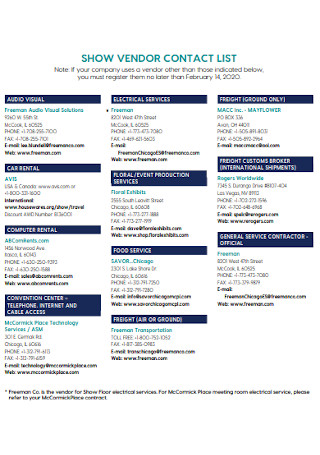
Show Vendor Contact List
download now -
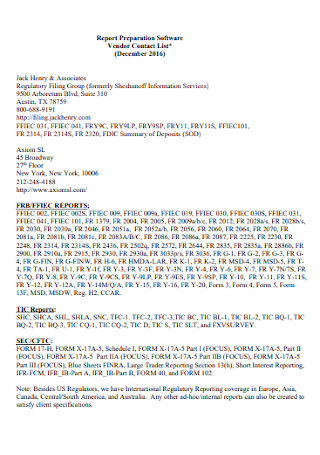
Software Vendor Contact List
download now -
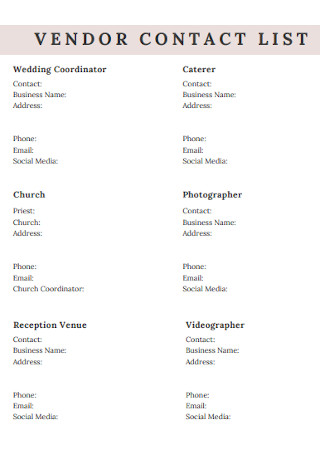
Vendor Contact List Template
download now -
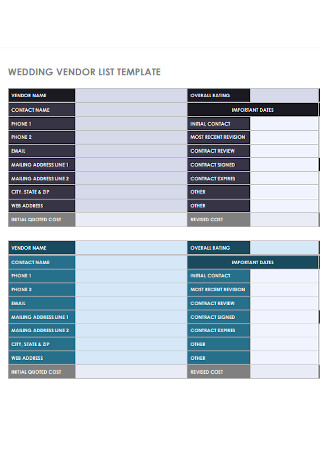
Wedding Vendor Contact List
download now -
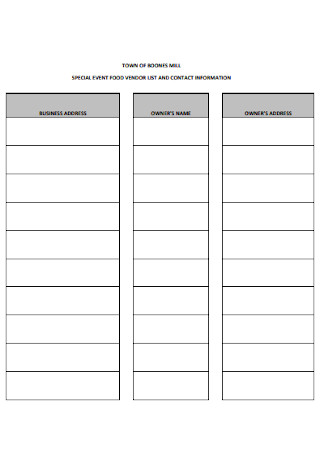
Food Vendor Contact Checklist
download now -
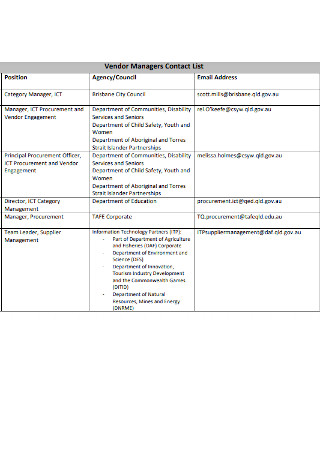
Vendor Managers Contact List
download now -
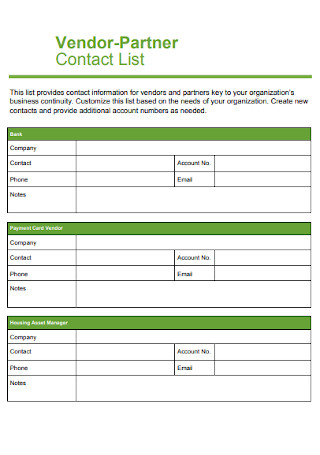
Vendor Partner Contact List
download now -

Vendor Contact List for Approved Products
download now -
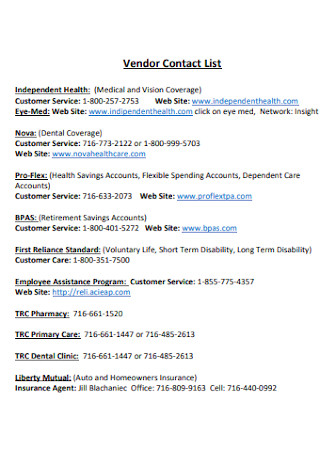
Vendor Contact List Format
download now -
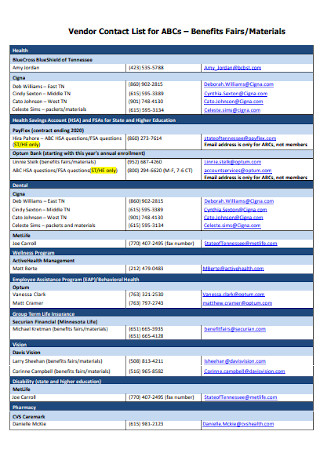
Materials Vendor Contact List
download now -
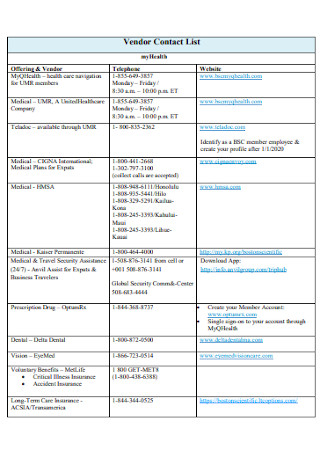
Basic Vendor Contact List
download now -
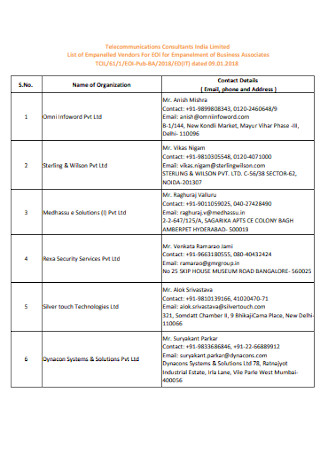
Business Vendor Contact List
download now -
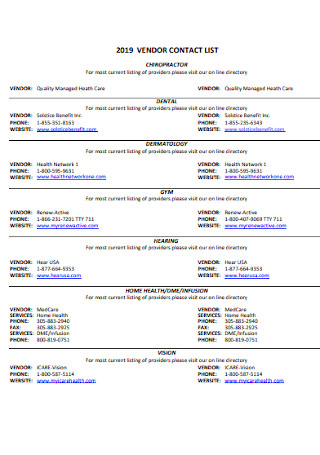
Vendor Contact List Example
download now -
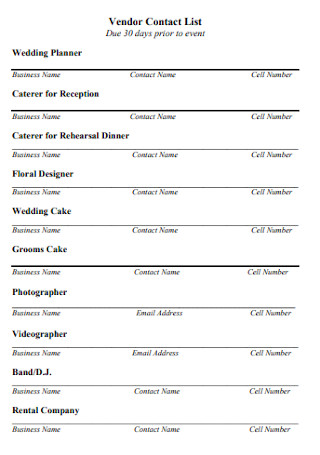
Vendor Planner Contact List
download now -
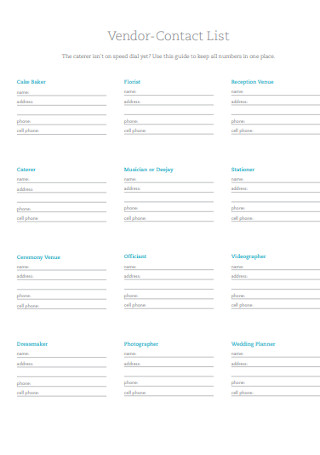
Simple Vendor Contact List
download now -

Vendor Support Contact List
download now -
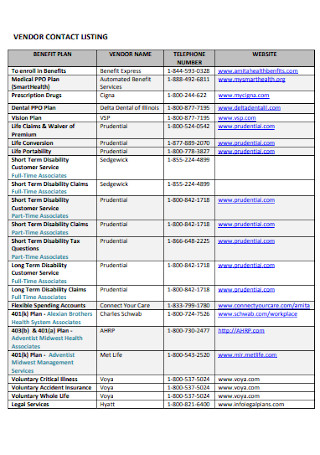
Formal Vendor Contact List
download now -
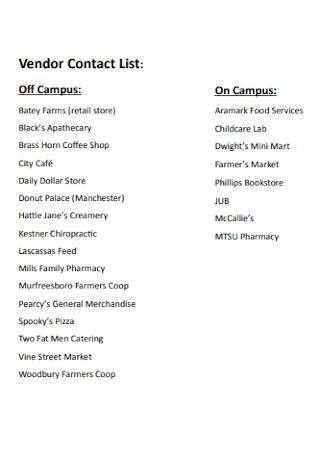
Vendor Campus Contact List
download now -
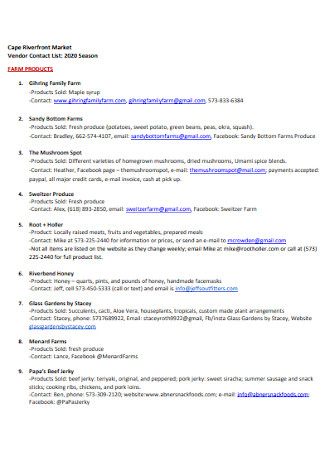
Market Vendor Contact List
download now -
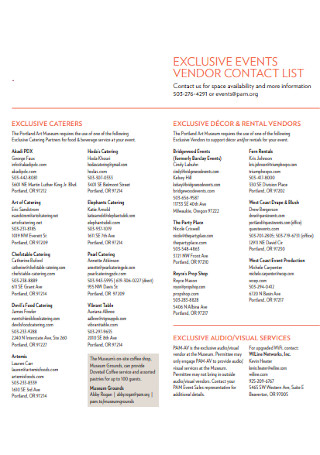
Event Vendor Contact List
download now -
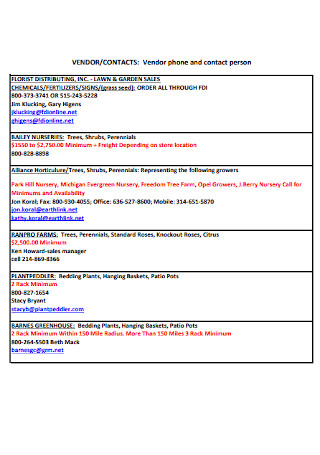
Vendor Phone Contact List
download now -
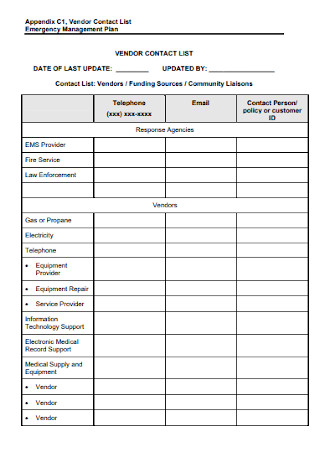
Vendor Emergency Contact List
download now -
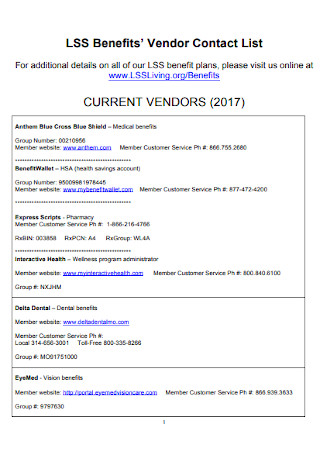
Current Vendor Contact List
download now -

Farmfest Food Vendor Contact List
download now -
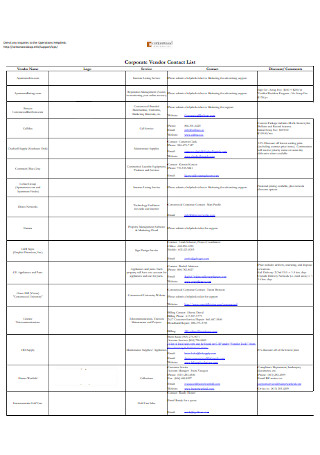
Corporate Vendor Contact List
download now -
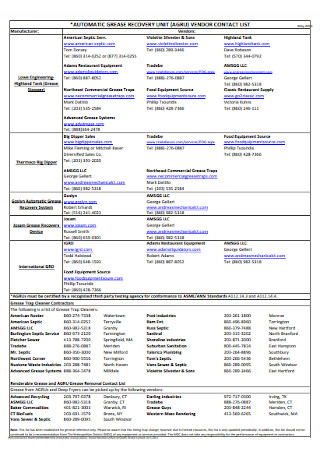
Standard Vendor Contact List
download now -
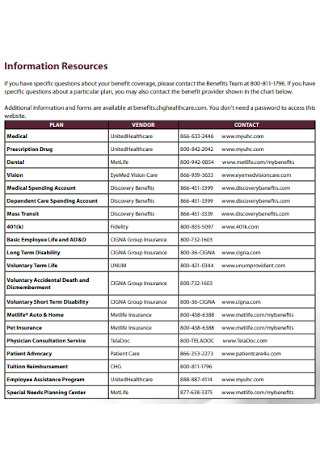
Vendor Plan Contact List
download now -
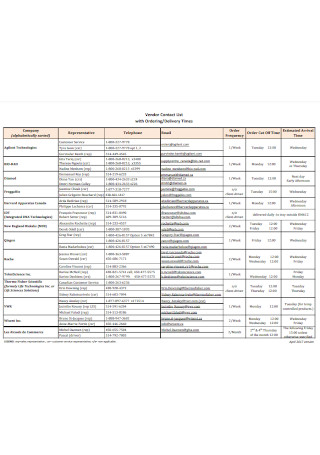
Vendor Ordering Contact List
download now -
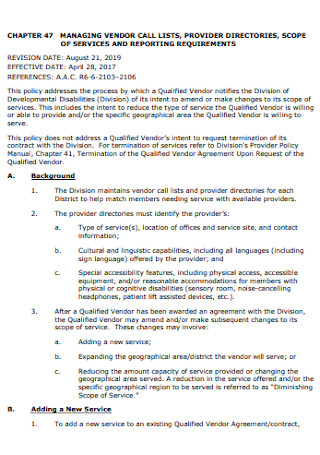
Vendor Contact Call List
download now
What Is a Vendor Contact List?
A vendor contact list is an official document used to collect all vendor contact information. Also called a vendor or supplier list, this document is a more personalized list rather than the contact pages you see in telephone directories. That means you can decide which vendors’ details to list down instead of having a general vendor list. And every approved vendor from your standards is worth noting to contact them again from time to time. Oftentimes, the ones listed in the contact list are from whom companies signed a vendor contract with.
According to Statista, the street vendor market in America was valued at up to $1.5 billion in 2020.
Why Are Vendor Contact Lists Necessary?
In business, ending relationships with customers and suppliers can be a huge loss to companies. So to work again with the vendors who satisfied you, it helps to have quick access to every approved vendor’s contact details. And this is why a vendor contact list is important since it contains the vendors’ names, contact numbers, and even locations. Also, business partnership proposal tend to increase as your company grows. And the contact list is there to help you remember all the vendor details instead of forgetting and ending relationships with them.
On another note, a vendor contact list is crucial for vendor management. Of course, you must manage when to contact the suppliers, how much to pay them, and other specifics. In fact, the US street vendor sector was valued at $1.5 billion in 2020. And that just leaves the street vendor market so there are still more vendors out there from florists, caterers, videographers, and so much more. So to have reliable access in contacting every vendor from different fields, vendor contact lists can save the day.
What Are the Elements of a Standard Vendor Contact List?
Although a vendor contact list is too easy to understand, how about what elements you find inside the list itself? If you want a complete and detailed vendor contact list for your reference, then be sure to have these essential elements into your list:
How to Create a Vendor Contact List
Vendor contact lists aren’t that difficult to make. But the major concern would be if you know enough vendors in the first place. Otherwise, not knowing some vendors would mean you won’t need to make the list at all. By knowing, that means you don’t just identify their names but actually know what kind of goods or services they offer and how to explain their business to clients and stakeholders. Once you are through with that, proceed to these steps in making the vendor contact list itself:
Step 1: List All Known Vendors in a Draft
The first step is to make a draft of all the vendors you know of. It doesn’t matter if some details are incomplete and uncategorized because this is still a draft for notetaking. And for extra reference page sheet, you can always look at your contract library, research back on the accounts payable, or inquire from any representative from your department. You will eventually get the answers you are looking for. And this draft will be used as your reference in making the actual vendor contact list afterward.
Step 2: Use a Sample Vendor Contact List
The sample vendor contact list templates are in this post for a reason—for your convenience in making such lists without working from scratch. So select any sample you prefer from the listed templates above until you can work on a vendor contact list right away. Just click download and you will eventually have the freedom to edit the sample. And don’t forget to transfer the data report you listed in the draft to the sample template for your reference.
Step 3: Complete the List’s Basic Elements
You already learned about the elements of a basic vendor contact list from the title, purpose, vendor categories, and so forth. Be sure to add them to your list to complete the significant details. Also, there is room to add more elements if you want, like a material code, unique serial number, and more. Make a checklist as well to avoid listing duplicates that could make the list confusing. What matters most is that such elements you add are making the list more comprehensive and organized rather than a hard-to-read document.
Step 4: Evaluate Vendor Relationships
Eventually, you will rate each vendor with their performance from the quality of supplies, customer service, or overall performance. It would be great to make an evaluation report about your relationship with the vendors until you can tell who should be prioritized more for your next event. This is also your chance to make feedback about what you want to accomplish and how helpful a vendor can be to your business. Or perhaps, you arrange your vendor contact list from your number one reliable vendor down to the least option you would contact from now on.
Step 5: Finalize the List’s Design and Output
Something you should never forget is the vendor contact list’s final output. Be sure you have finalized its design, format, and overall content before using the document. This includes finalizing if you should use the MS Word or PDF version. The same goes for what copy you want, may it be a printed or digital copy. A tip is to go for which is more convenient for you. If you are a techie person, then you would likely use a digital copy so it will be in your gadget 24/7. But you can also go for a printable format if you plan to keep them in your office and just take notes often.
Step 6: Update the List Regularly
The last step is to keep track of the list’s information because it will likely be changed from time to time. Update the list’s details whenever a vendor decides to move to another venue or when a vendor changes his or her contact numbers. That way, you won’t be left behind like when the usual number you use to contact them no longer works. Hence, continue tracking sheet for updates to ensure you have correct and updated data always.
FAQs
What is a vendor?
According to Investopedia, a vendor or supplier can be anyone or a company that sells goods and services. Or in a sense, they create products or services for businesses and customer lists.
What are other names for vendor contact lists?
Vendor contact lists are similar to supplier lists, merchant lists, dealer lists, businessperson lists, or simply vendor lists.
What are the types of vendors?
Generally, vendors are divided into three types—B2C, B2G, and B2B. And they stand for business to consumer, business to government, and business to business vendors.
While a vendor contact list helps you gather all vendor contact information for your business, you must not forget that deciding which vendors to work with is not just something to be done overnight. For example, vendor evaluation can even take many days, weeks, or months. But once you have collected all the relevant data and update the contact details regularly, rest assured, working with vendors will run smoothly. So don’t stress out about getting your next supplies with an easy-to-use and customizable sample vendor contact list for reference. Download now!
